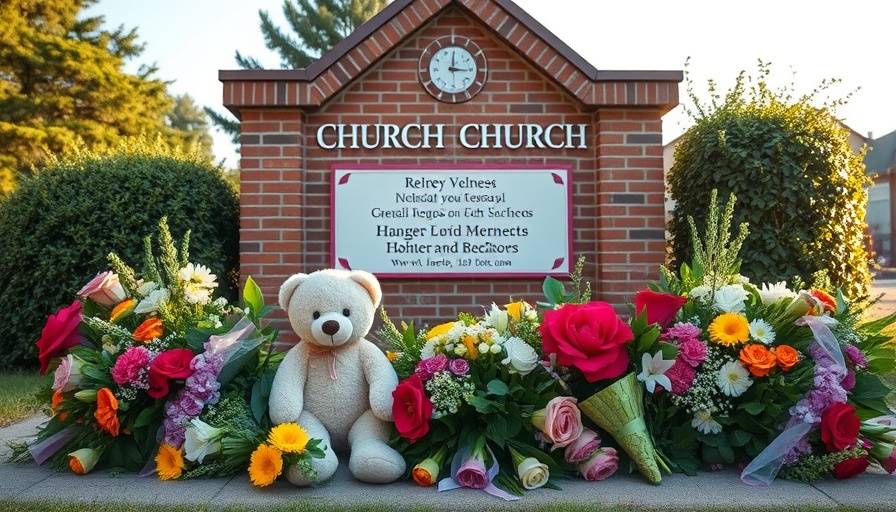
Increasing Tensions: Trans Athletes and School Policies
The debate over the participation of transgender athletes in school sports is intensifying, as the Justice Department has heightened pressure on California school districts to adopt policies that would bar these athletes from competing. This development arrives in the context of a larger national discussion surrounding LGBTQ+ rights and educational policies.
The Federal Government's Role in Education Policy
Historically, the federal government has played a crucial role in shaping education policy through legislation and executive orders. Under the current administration, there is a renewed focus on regulating school sports and establishing guidelines that align with broader societal norms around gender identity. This intervention could signal a shift in how local districts navigate the complexities of gender rights in schools, resulting in partisan polarization similar to debates over other major issues impacting democracy.
Local Impact of Federal Pressure
The ramifications of the Justice Department's directives extend far beyond sports. By instituting these policies, school districts face the challenging task of balancing compliance with federal mandates while also addressing the needs and rights of their student populations. Many districts may find themselves at a crossroads, weighing the implications of potential legal challenges against community support for inclusivity. This situation exemplifies the growing influence of federal legislation on local decision-making, an aspect often overlooked in discussions about education reform.
Social Connection: Why This Matters
The issue reflects broader societal values and the ongoing struggle for LGBTQ+ rights. As schools and districts draft their policies, they must consider not only legal implications but also the social environment they foster. Educators and administrators are increasingly recognizing their role in promoting inclusivity and understanding, particularly in light of current societal trends that support civil rights.
Future Predictions: Trends in School Policy and LGBTQ+ Rights
As we approach the next election cycle, with potential implications for Congress and the Senate, the outcome may significantly shift the current trajectory of school policies regarding trans athletes. Advocacy groups are likely to escalate their efforts, influencing voter turnout and public sentiment. This situation creates a dynamic environment where local administrations must navigate quickly changing expectations while adhering to federal mandates.
Counterarguments and Diverse Perspectives
While advocates for inclusivity highlight the importance of allowing transgender athletes to compete, opponents argue that such policies could undermine fair competition in sports. This division reflects a broader discourse on gender identity and societal norms, underscoring that education policies do not exist in a vacuum but are subject to public opinion and advocacy efforts that often are deeply rooted in partisan disagreements.
The Intersection of Education and Politics
This issue brings to light the essential connection between education and politics, particularly as it relates to legislative action. It underscores how federal actions, like those from the Justice Department, can shape local landscapes and polarize communities. The ongoing dialogue surrounding these education reforms will likely develop alongside the evolving landscape of American democracy, with implications for everything from healthcare access to voting rights.
This complex situation deserves vigilant attention from professionals in education, government, and civil rights advocacy. Those engaged in these areas will benefit from understanding not just the legal frameworks at play but also the social implications of their decisions as they impact the lives of students across California and beyond. As the debate continues, it will be crucial for stakeholders to engage thoughtfully with these issues to promote an inclusive and fair educational environment.
 Add Row
Add Row  Add
Add 




Write A Comment